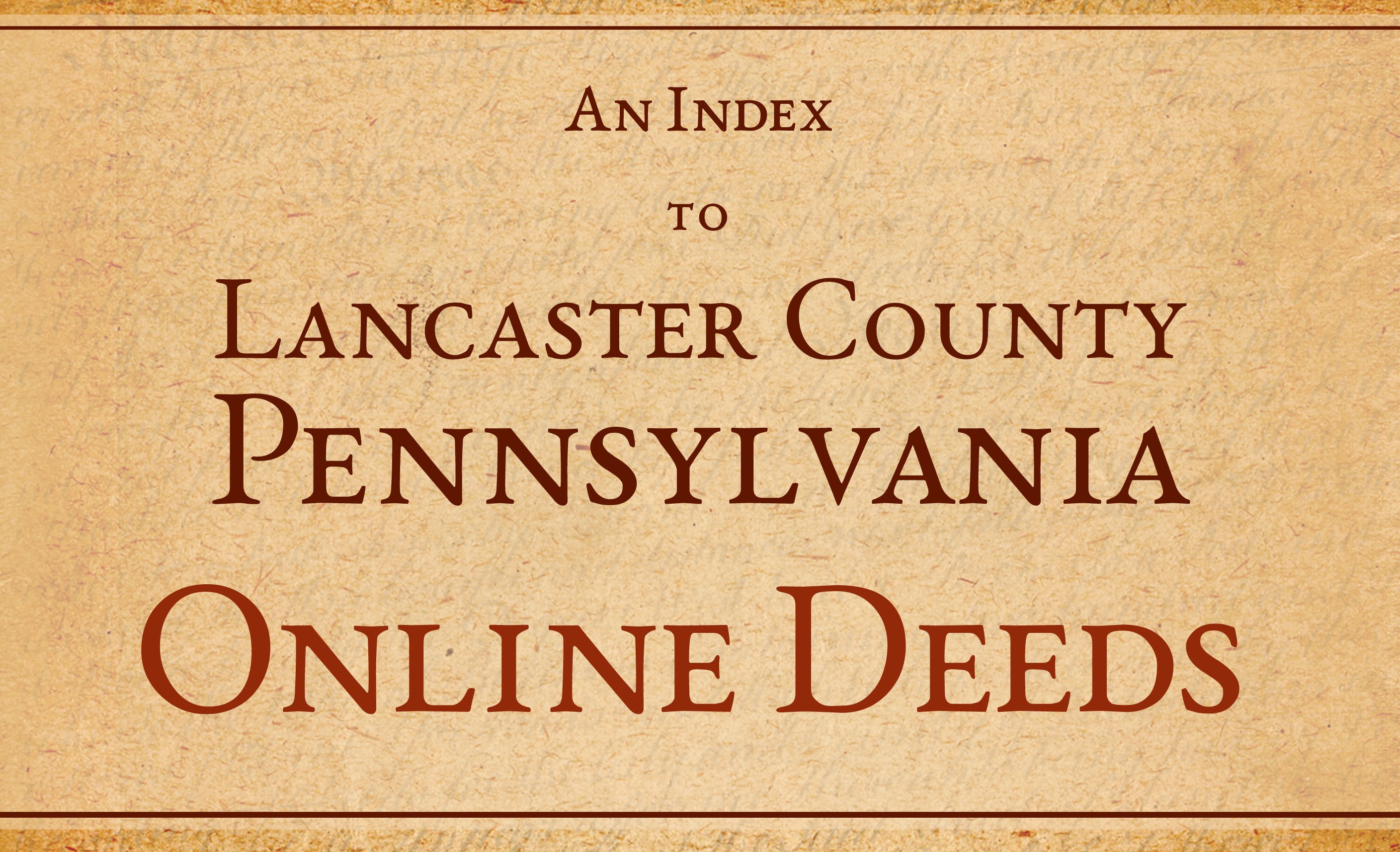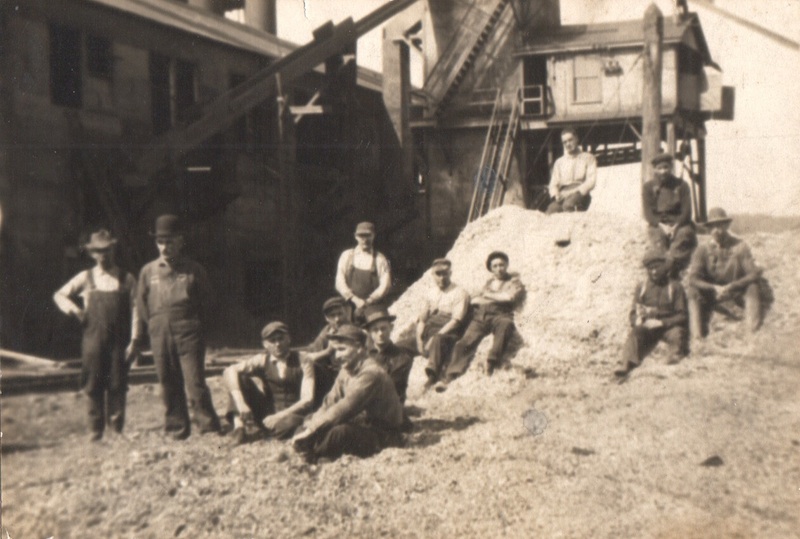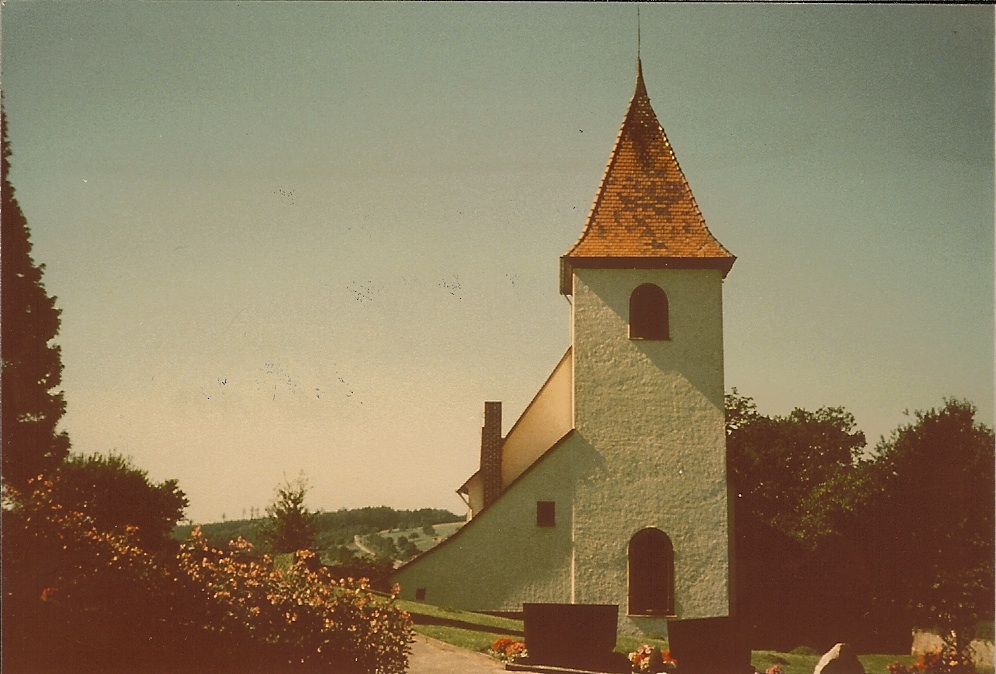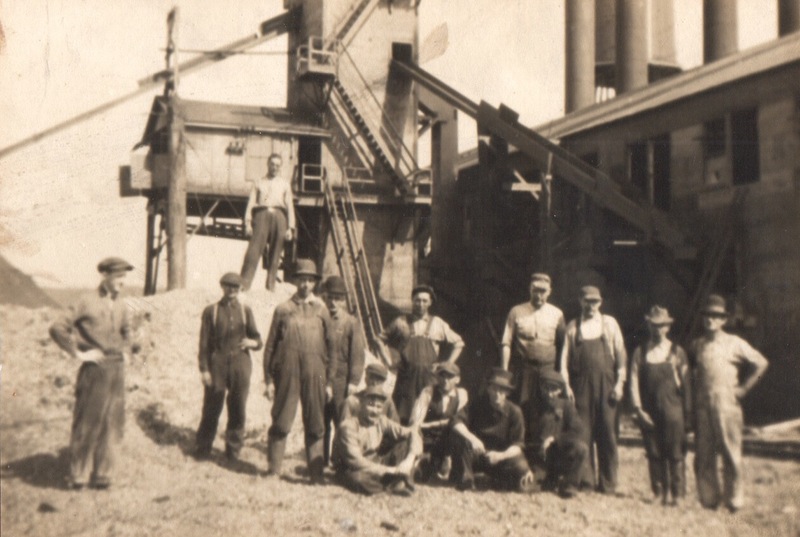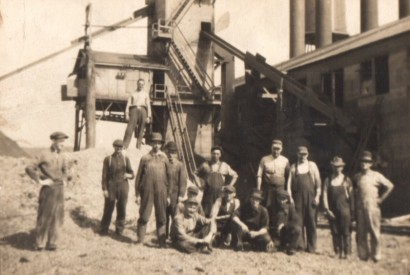2014 in Review
On this last day of 2014, it’s time to take a look back. I don’t have specific goals for this website—other than to provide access to my family research. So, how did I do?
In 2014, I wrote 63 new posts with most posts being written in January—April and July—September. May, June and December were my worst months. Here is how the year stacked up:
- January — 10 posts
- February — 7 posts
- March — 4 posts
- April — 4 posts
- May — 1 post
- June — 2 posts
- July — 13 posts
- August — 9 posts
- September —6 posts
- October — 2 posts
- November — 3 posts
- December — 2 posts (including this one)
My longest writing streak? 2 days in a row.
I started the 52 Ancestors in 52 weeks challenge at the beginning of last year. The goal was to write a post about an ancestor each week. Although I started off well, my participation was rather hit or miss. I posted my last contribution at the beginning of September.
All told, I only wrote 22 posts for the challenge, less than 50% of the goal. Because I preferred to write about something new that I’d learned about each ancestor, it wound up being too time consuming. If I had just written about what I already knew, maybe I would have been more consistent. Sigh. I much prefer the hunt for new information and the reward of finding it over documenting it.
Although I didn’t write very often. I did receive more than 19,000 page views. All things considered that’s not too shabby for this little blog. Here are the ten most viewed pages of 2014:
- Andreas Huber (1723—1784) (#8 in 2013)
- Pennsylvania Warrant Township Maps (#9 in 2013)
- Andreas Huber Origins: Trippstadt, Ellerstadt, or Ittlingen? (#5 in 2013)
- Friday Finds: Trinity Lutheran Birth and Baptismal Records Online (#4 in 2013)
- Huber Immigrants (#7 in 2013)
- Jacob Hoover (ca 1746—1800) (#6 in 2014)
- Lancaster County Deed Books Online
- How to Use Online Land Records at the PA State Archives (#3 in 2013)
- Pennsylvania Genealogical County Map (#2 in 2013)
- Home Page/Archives (#1 in 2013)
Once again, most of these pages made the list in 2012 and 2013. It’s not surprising that the general information posts were popular. Nor is it a shock that the Huber family posts made this list—since the Hoover surname is one of my most researched!
I believe that more of those visitors who viewed the Andreas and Jacob Huber posts were more than likely looking for information on the ancestor of President Herbert Hoover. However, they do provide valuable information for the descendants of Andrew Hoover of Fayette County, Pennsylvania—who is frequently confused with the president’s immigrant ancestor. Although I’ve determined that I’m not a descendant, I’m glad I did the research and shared the results.
So, that’s a look at my blogging for 2014. What did your year look like?


